Female heart disease: The most serious health threat facing Australian women
HEART disease claims more lives of Australian women than men — and it’s not just a problem for the elderly. Why are we seeing a rise in fatal heart attacks among increasingly younger women?
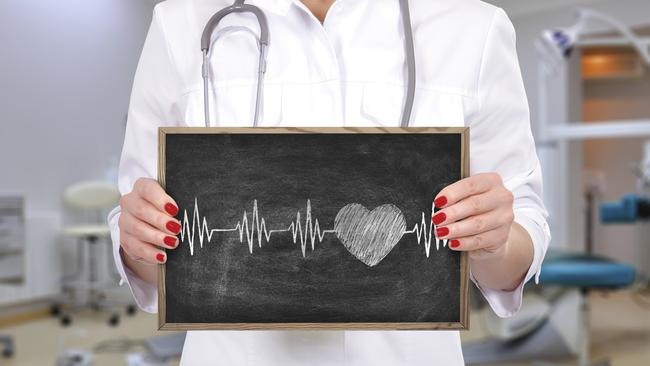
Body+Soul Daily
Don't miss out on the headlines from Body+Soul Daily. Followed categories will be added to My News.
EVERY hour, an Australian woman dies of heart disease. It kills three times as many women as breast cancer, yet research shows women are far more likely to get a mammogram than a heart health check.
In fact, it kills more females every year in Australia than all the cancers combined.
“Heart disease is the most serious health threat facing Australian women, but it seems many of them aren’t aware of that or they’re just not that scared of it, especially young women,” Dr Cathie Forster, a clinical cardiologist at St Vincent’s Clinic in Sydney, says.
“If a woman has a lump in her breast, she gets it checked out straight away. There doesn’t seem to be that same fearfulness around heart disease.”
NOT JUST A BOYS’ CLUB
ONE of the biggest problems, Forster believes, is that heart disease is seen as a men’s problem: “Our idea of what a heart attack looks and feels like is based on what it looks and feels like in men.”
What we see on the big and small screens has a part to play in that — think Jack Nicholson writhing in pain with a hand on his heart in Something’s Gotta Give.
A British Heart Foundation survey found that 38 per cent of people in the UK believe a heart attack will always involve crippling chest pain, like in the movies.
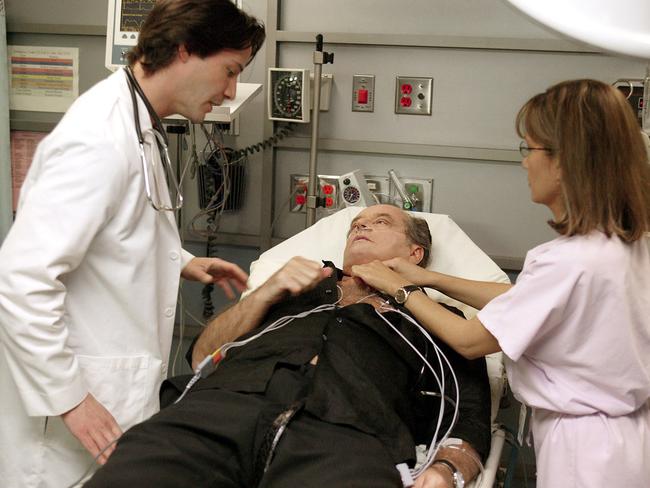
“That stereotype of a man — usually older and a bit overweight — clutching his chest and falling over is strong in the Australian public’s mind, too. As a consequence, women don’t think heart disease is personally relevant to them,” Julie Anne Mitchell, NSW Health Director at The Heart Foundation, explains.
In reality, though, heart attacks are just as relevant to women as men and what one looks like can be very different to what Hollywood would have us believe, particularly for females.
Here’s the proof: More women than men die of heart attacks in Australia each year and more than 40 per cent of women who have heart attacks don’t experience chest pain.
Interestingly, only about half of male heart attack victims are struck down by searing chest pains.
HEED THE SIGNS
WHERE women do fare better than the blokes is with regard to heart attack warning signs — ladies tend to experience more of them.
As well as chest pain, common signs and symptoms include: discomfort or pain in the throat, jaw, shoulder, neck, hand, arm and back; severe fatigue and nausea; cold sweats; breathlessness and difficulty breathing.
“Sometimes women describe the feeling as an overwhelming sense that something isn’t quite right. The symptoms can be as vague as that,” Foster explains.
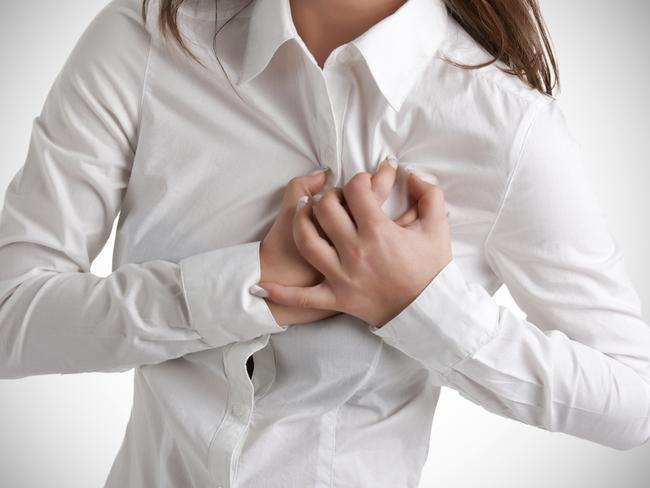
“But women tend to know their bodies, so if they think there’s something wrong but can’t quite explain what it is, they should trust their instinct and get it checked.”
Getting things examined is one thing women are notoriously bad at — heart health is no exception.
“Women aren’t taking action, it’s as simple as that,” Mitchell says.
“They don’t see heart disease as something affecting them so they’re not aware of the warning signs and don’t act on them. And, when they do think they’re having a heart attack, they’re more likely to call a friend than an ambulance or doctor. They’ll also put off getting medical help until a day or two after, by which time the damage to their heart is already done.”
RISKY BUSINESS
KNOWING the signs and symptoms of a heart attack and acting if they strike is great, but preventing one in the first place is even better.
A good place to start is to know your numbers. That is, your blood pressure readings, cholesterol levels and waist circumference.
“These are all silent risk factors, which means you can be completely unaware that they’re higher than they should be and, if they are, so too is your heart attack risk,” Mitchell warns.
“Unless you’ve been to the doctor for a heart health check, which takes about 20 minutes, you could be a ticking time bomb for a heart attack.”
Heart attacks are most common in women over 45 but knowing your numbers is important no matter your age.
“Don’t wait until you’re 45 to think about heart disease,” Mitchell says.
“There are things you can be doing and choices you can make as a 20-year-old that will have a significant impact on your health 20 years later. If you’re already beyond that, start thinking about it now.”
The first step is a balanced diet and regular exercise.
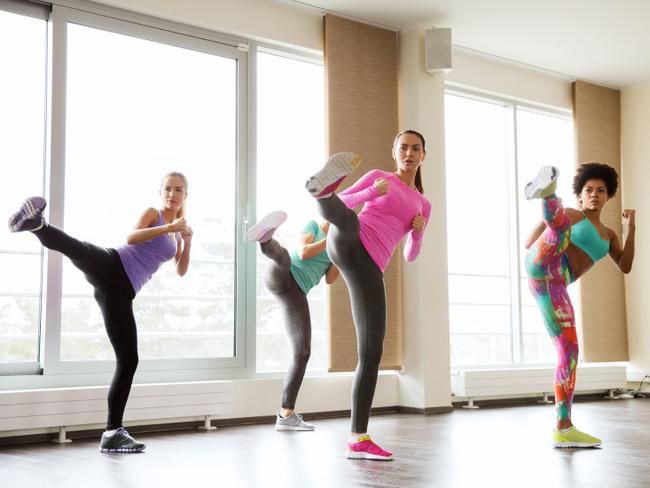
“The importance of a diet that includes plenty of fresh fruit and vegetables, good fats, lean protein and wholegrains as well as exercising regularly can’t be underplayed,” Forster says.
This is one area where women are missing the mark.
Despite a massive decline over the last few decades in deaths from heart disease — thanks mostly to improved diagnosis and treatment — we’re seeing a rise in fatal heart attacks among younger females. The reason is simple: We’re eating more and moving less.
Smoking is another risk factor for heart disease in women, and smokers who are on the contraceptive pill increase their risk sevenfold. Being diabetic or suffering from depression also puts a woman at higher risk.
Among the more under-recognised risk factors is experiencing complications during pregnancy, including pre-eclampsia and gestational diabetes. This increases a woman’s risk of heart attack post-birth.
Additionally, knowing your family history is crucial. If both your parents have suffered from heart disease before 55, your chance of developing the disease can increase by as much as 50 per cent.
WOMAN ARE NOT JUST “SMALL MEN”
Women need to do more to protect themselves against this disease, but so does the medical profession. To date, more than 80 per cent of the research has been done on men and those findings have just been applied to women.
“Essentially, we’re extrapolating the information from men and hoping it works on women,” Forster admits.
“Given the differences in biology, symptoms and outcomes, that doesn’t really work.”
Thankfully, there’s been a push in the past five years for more research into heart disease generally as well as gender-specific analysis of diagnostic devices, therapies and medications.
So far, the evidence suggests that heart disease behaves differently depending on gender.
Medicine can only do so much, though. Treatments and medications minimise the impact of heart disease on a woman’s life but they can’t eradicate it.
Once a heart is damaged, that damage can’t be undone, which is why it’s critical for women to be proactive.
“By taking steps to prevent heart disease, you’re not only improving your heart health but you’re also improving your general health,” Mitchell says.
“The tide rises on all diseases when you look after your heart so it’s a win-win.”
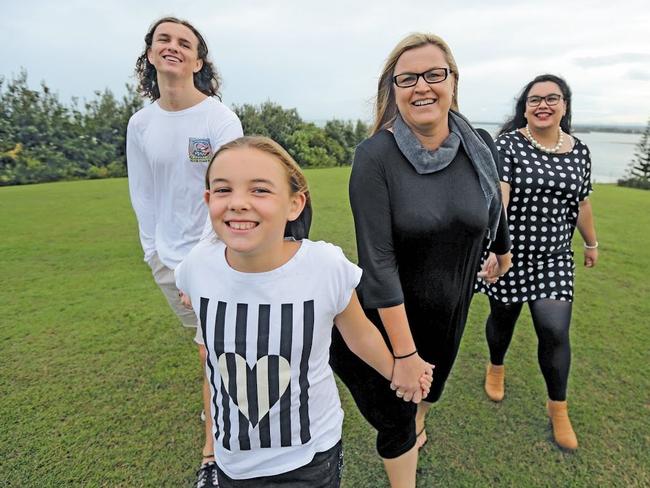
CASE STUDY
“I thought I was healthy but I had heart disease at 41”
Mother of three Emma Waite, now 42, from Coopernook on the mid-north coast of NSW tells of her ordeal.
“Last February, I walked into our backyard and was hit with searing lower jaw pain. I stopped and the pain went away. Then I’d start walking again and it would be back.
“Of course, I didn’t go to the doctor straight away. I had to get someone off to sport, dinner organised, this to do and that to do. It was a week before I went to the hospital.
“I didn’t think it would be too serious because the pain stopped when I stopped. I definitely didn’t think it would be my heart. I didn’t have hot sweats or chest pain or any of those things that you’d normally associate with a heart attack or heart disease.
“I was also a healthy 41-year-old.
“I had an X-ray, an electrocardiogram, which tests for abnormalities in the heart, and a cardiac stress test. Apparently, there was nothing wrong with me or my heart. But the pain was still there.
“Just to be sure, I had an angiogram, which looks into arteries for any blockages. One was completely blocked.
“It was so hard for me to get my head around the fact that I had heart disease at 41. It was terrifying for my husband and kids. I still get teary when I think about what might have happened if I didn’t persevere.
“I now have three stents in my heart and take medication daily. It’s funny to think that’s something I’ll be doing for the rest of my life. I don’t have a strong family history of heart disease, so we still don’t know why this happened.
“What I do know is that there isn’t enough awareness about heart disease in women and how the symptoms aren’t what you see in the movies. What I would say to women reading this is to look after yourself.
“If you think something is wrong, don’t wait to have it looked at and don’t stop until you have an answer. It could save your life.”
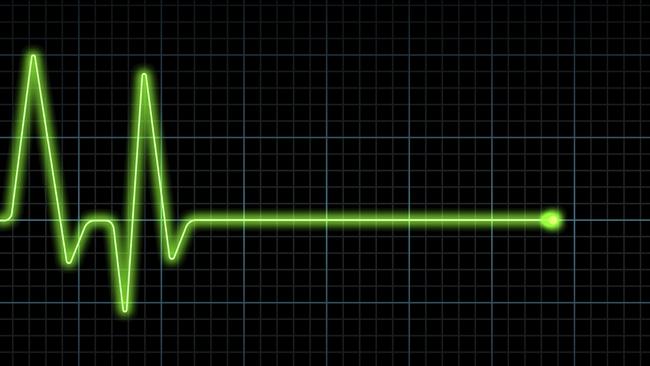
SIGNS OF A HEART ATTACK
• Chest pain
• Jaw pain
• Neck, shoulder and back pain
• Severe fatigue
• Severe nausea
• Dizziness
• Cold sweats
• Breathlessness
• Difficulty breathing
RISK FACTORS FOR WOMEN
• High blood pressure
• High cholesterol
• Waist circumference over 80cm
• Smoking
• Diabetes
• Depression
• Experiencing pregnancy complications
MAKE THE INVISIBLE VISIBLE
THE Heart Foundation wants June to be the month we all start talking about heart disease in women and making the invisible signs of heart health visible to all Aussies.
Join the conversation and make your ticker visible by:
1. Drawing a red heart anywhere on your body.
2. Sharing a picture or video about heart health on social media using the hashtag #womenshearts.
3. Making a donation online at heartfoundation.org.au and nominating three other women to do the same.


